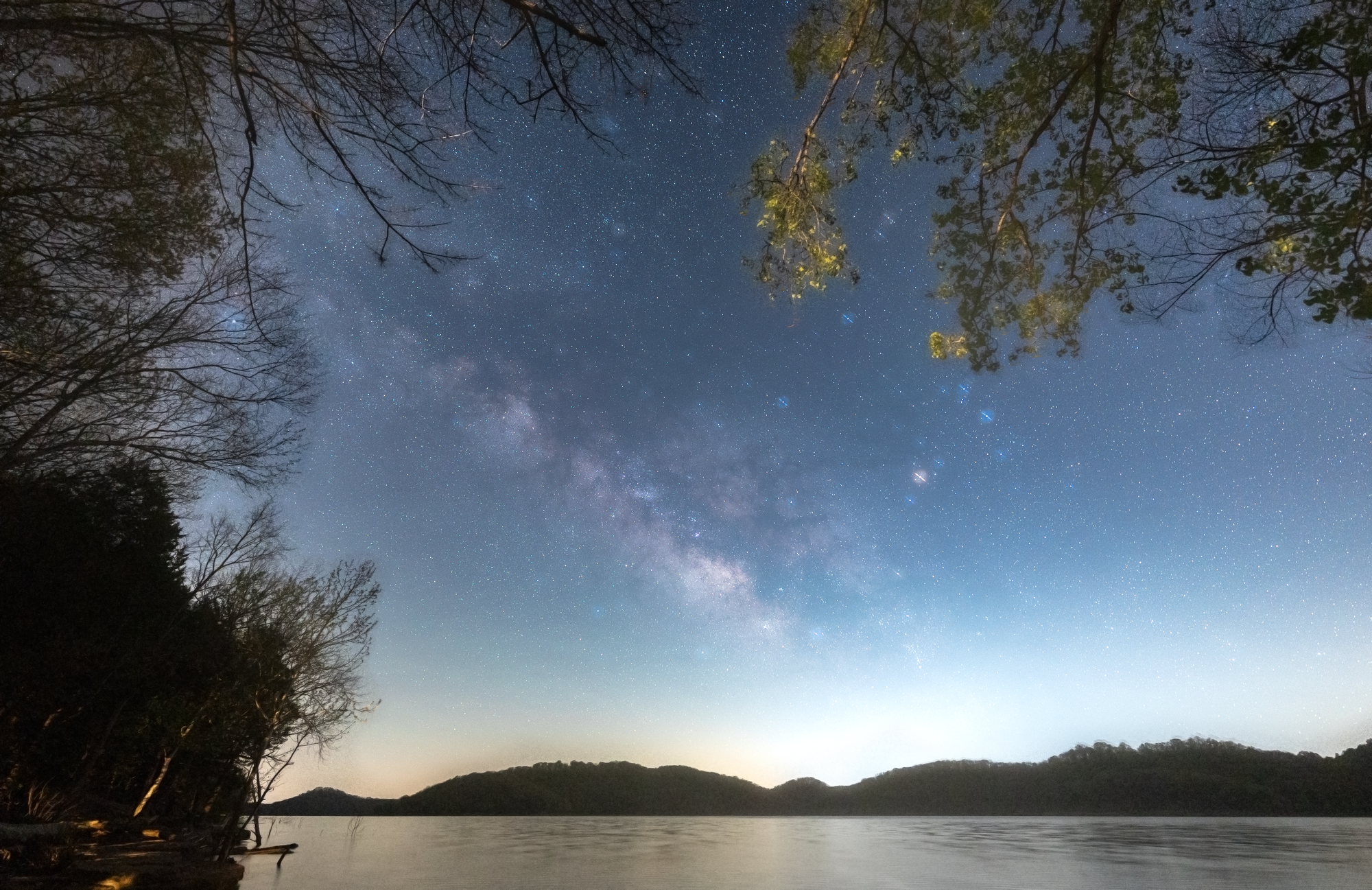A few months back, I went on a solo backpacking trip to Washington State. One night, I met a traveller who shared a bit of his knowledge about photography with me.
That night, we spent a while practicing at taking pictures of the beautiful night sky over Hoh River in Olympic Peninsula. We both were as excited as young kids looking at the stars. After that incredible trip away from work, I started to think about how to improve my shots of the night sky and about that one day I would return to this region with better skills to capture the "perfect" shot of the night sky.
Thus, I purchased a better lens, a star tracker, and started learning about the sky. This lead me to realize how transferrable some skills I acquired in graduate school made sense in astrophotography.
First, the camera with sensors and the lens are incredibly similar to the optics of biological human eye and how sensory information is focused and transferred to the visual system as an electromagnetic signal.
Another aspect is that the longer the exposure of your picture, the better the signal-to-noise ratio and the more defined the Milky Way becomes on your photo. This could relate to two parallels in experimental psychology.
The first one is how the more we collect data for an experiment, the less noisy the results will be.
The second one relates to the way our brain may encode a visual representation of the world: the more one learns, the more precise their representation of the world, and the better at predicting it they will be. Some named this theory as Predictive Coding Theory, or Predictive Processing.
Thus, last weekend, as I was increasing my exposure durations, the Milky Way became more precisely defined on my shots.
Finally came the time to process the images on Photoshop.
An important aspect of astrophotography is that, to improve the quality of the image of the sky, the star tracker rotates the camera at a speed that compensates that of the rotation of the Earth so that during 30 s + exposures, no star trailing appears on the picture.
The downside of this technique is that, as the camera rotates, the foreground becomes blurry from the motion of the camera on the star tracker.
Thus, to obtain a perfect shot, the astrophotographer can take two or more separate shots: one of the sky on a rotating star tracker, one of the foreground without motion.
This multi-step process of refocusing the camera on different elements of the field of view – in our case the sky and the foreground – becomes reminiscent of the way our gaze focuses on each element of the visual field to improve sensory information processing, that is, spatial attention.
When comes the time to combine both parts from those distinct shots on Photoshop, other steps like noise removal on the picture also relate to the way the human visual system copes with visual noise. Indeed, human vision is robust to noise when comes the time to recognizing objects and parsing them out from the noise.
In our current times, removing noise can be done by using AI, that is, neural network architectures. Such architectures can relate to the hierarchical organization of the visual system as well.
This makes me think about the many other fields the skills of an experimental psychologist can transfer to, and how previously acquired scientific skills can help one learn new ones relatively quickly.
In the case of astrophotography, I found exhilarating to be able to quickly spot Polaris and orient myself using ancestral techniques relative to the position of the stars in the sky. And in the end, it is just about looking up. :)

In the above shot, the camera settings were as follows:
Sony Alpha 7 IV
Sky:
IOptron SkyGuider Pro
Lens 14 mm F/1.8 GM
Exposure: 73 s
ISO: 800
Foreground:
Lens 14 mm F/1.8 GM
Exposure: 4 s
ISO: 12800